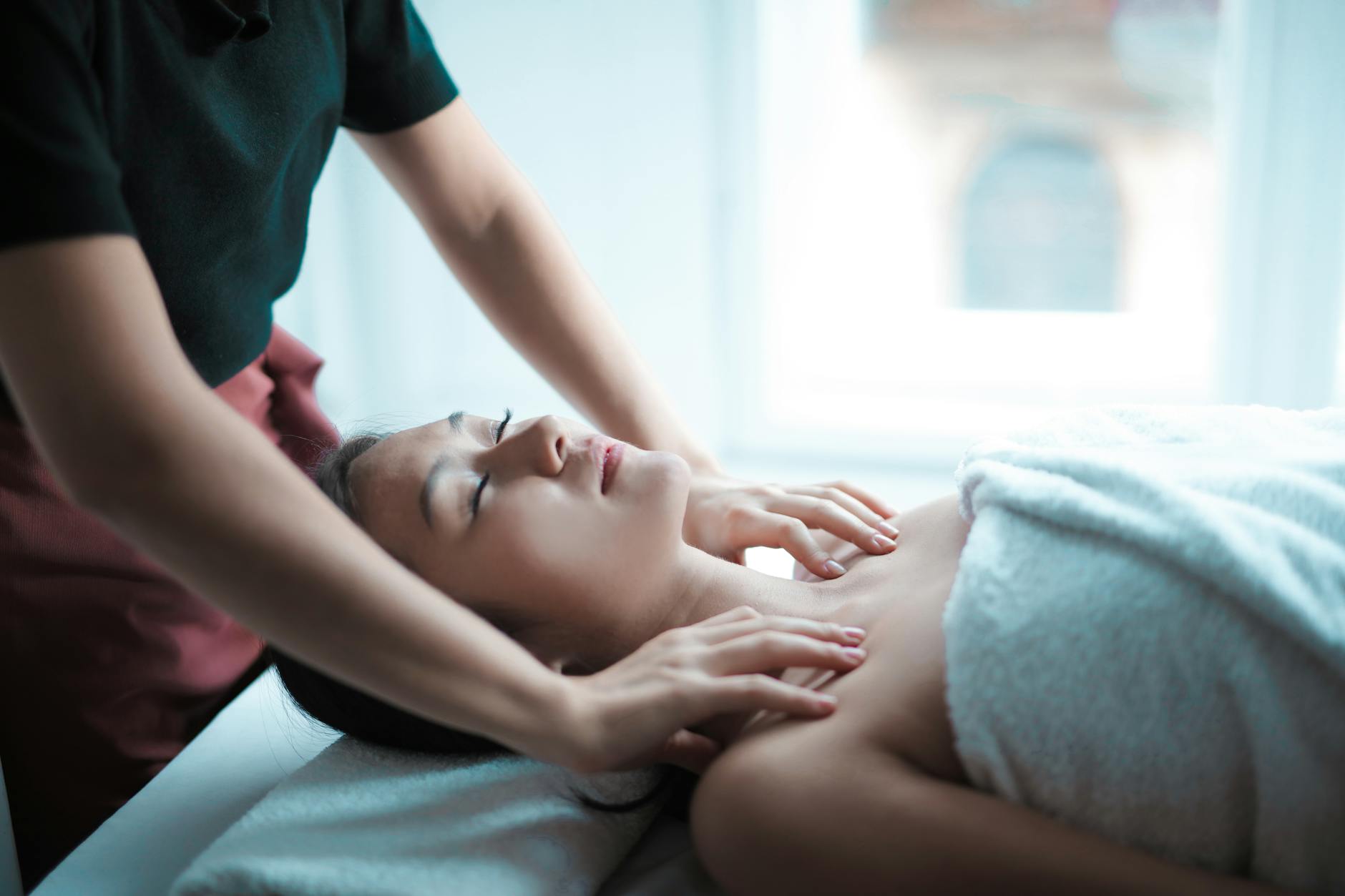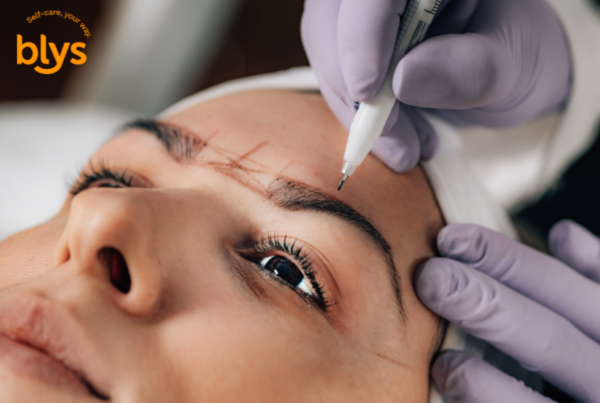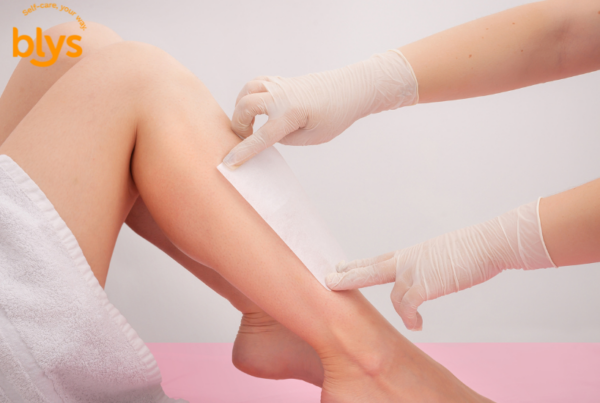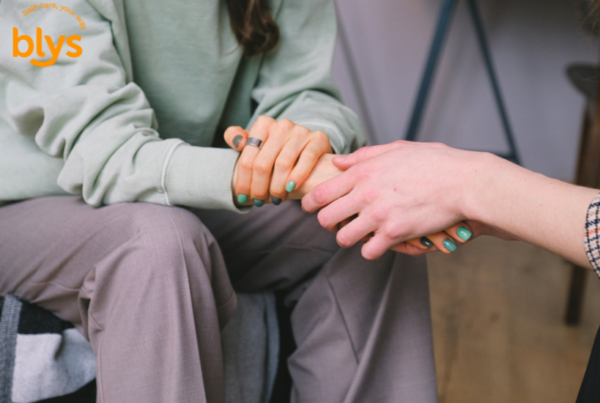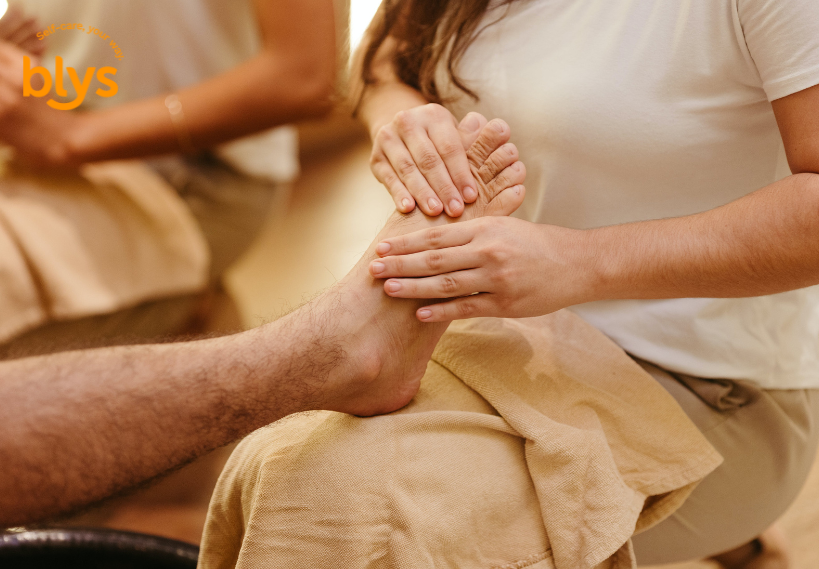
Your feet hold more power than you think. According to reflexology, specific points on the feet are connected to organs, glands, and systems throughout the body. When these reflexology foot points are stimulated, they help release tension, improve circulation, and support the body’s natural healing response.
Reflexology isn’t just a feel-good massage. It’s a therapeutic approach grounded in ancient wisdom and supported by emerging science. Whether you’re dealing with stress, sleep issues, hormonal imbalances or digestive discomfort, the right foot pressure can offer more relief than you’d expect.
In this guide, we’ll walk you through 8 powerful reflex points and how they can influence how you feel, function, and flow. From relieving sinus congestion to supporting hormone balance, you’ll learn how small shifts in pressure can lead to big changes in your wellbeing.
What Is Reflexology and Why Is It So Powerful?
Reflexology is a type of massage therapy based on the principle that certain areas of the feet correspond to specific organs and systems in the body. It’s an ancient practice, with early roots found in both Traditional Chinese Medicine and ancient Egyptian healing. The idea is simple but powerful: by applying pressure to key points on the feet, you help activate the body’s natural energy pathways and promote internal balance.
Unlike a regular foot massage, which focuses on relaxing muscles and relieving tension, reflexology massage therapy works on a deeper level. Each press targets a zone that communicates with the body’s internal landscape—supporting everything from digestion and detoxification to circulation and stress relief.
Here’s what makes reflexology so unique:
- Targets specific pressure points that map to organs, glands, and nerves
- Helps stimulate circulation and energy flow throughout the body
- Activates relaxation via the parasympathetic nervous system
- May reduce symptoms of pain, fatigue, stress, and hormonal imbalances (PMC)
And with Blys, you don’t need to step into a spa to experience these benefits. Our certified mobile reflexology therapists bring expert care straight to your doorstep—no travel, no stress, just results.
8 Reflex Points That Can Influence How You Feel
Your feet hold access to more than just comfort—they’re connected to vital organs, glands, and systems throughout your body. Reflexology maps out these connections, making it possible to influence your overall wellbeing by applying pressure to targeted spots.
Below, we’ll walk through eight powerful reflexology foot points, each linked to a specific part of your internal health. From easing tension to supporting digestion, you’ll see how each zone works and what it can do for your mood, energy, and more—plus easy tips to try gentle stimulation at home.
1. Big Toe Tip (Brain & Head Relief)
The tip of your big toe links to your brain and pituitary gland, making it one of the most powerful reflexology foot points for supporting mental clarity. When gently stimulated, this area may help improve focus, reduce stress, and ease tension headaches.
It’s especially beneficial for people who feel mentally foggy, overwhelmed, or burnt out. A short session focusing on this point can promote calmness and bring your nervous system back into balance.
Self-massage tip: Use your thumb and apply light circular pressure to the centre of your big toe tip for about 30 seconds. Do this on both feet, especially before bed or after screen-heavy days.
2. Ball of the Foot (Lungs & Chest Energy)
The ball of the foot is linked to the lungs and upper chest area, making it a key spot for enhancing breathing and easing tension in the body. Stimulating this zone can support clearer airflow, regulate breath, and help release built-up emotional stress often held in the chest.
This point is especially helpful during cold and flu season, or anytime you’re feeling physically tight or emotionally heavy in the chest.
Self-massage tip: Press your thumb firmly across the ball of your foot in small circles, focusing on the centre just beneath the toes. Breathe deeply as you do this for 30 seconds per foot.
3. Arch Centre (Digestive Reset)
The centre of the foot’s arch corresponds to your stomach, pancreas, and liver—organs responsible for breaking down food, managing blood sugar, and detoxifying the body. When this area is massaged, it may help activate sluggish digestion, ease bloating, and even support better nutrient absorption.
This point is especially useful after heavy meals or when you’re dealing with digestive discomfort tied to stress or irregular eating habits. Reflexology here may also support liver function, which plays a major role in processing toxins.
Self-massage tip: Using your thumb, apply steady pressure in slow circular motions across the arch’s centre. Work from the inside of the foot outward, especially after eating or during digestive upset.
4. Heel Base (Lower Back & Sciatic Relief)
The base of your heel is linked to the lower back, hips, and sciatic nerve—areas that tend to store tension, especially from long hours of sitting, standing, or repetitive movement. Applying pressure here can help ease stiffness, improve circulation in the lower body, and provide relief from dull aches or tightness that often settle in the lower spine.
It’s particularly useful for people with sedentary desk jobs, tradespeople on their feet all day, or anyone experiencing tension from poor posture or long commutes.
Self-massage tip: Use your knuckles to firmly roll over the outer edge of your heel in a circular motion. Spend extra time on any tender spots to help release deep-seated tension.
5. Inner Arch (Kidney & Adrenal Support)
The inner arch of the foot corresponds to the kidneys and adrenal glands, which play a vital role in regulating energy, hydration, and the body’s stress response. Stimulating this area may help restore balance when you’re feeling burnt out, emotionally drained, or physically fatigued.
This point is especially valued in reflexology for supporting people under chronic stress or those recovering from illness or overexertion. Massaging here can aid in resetting your internal energy reserves and improving your overall sense of vitality.
Self-massage tip: Trace your thumb along the inner edge of your arch, from heel to ball, using steady, upward pressure. Focus on slow, even strokes to engage the kidney-adrenal line.
6. Outer Edge (Shoulder & Arm Tension)
The outer edge of your foot—from the pinky toe down to the heel—maps to the arms and shoulders. This area often holds subtle tension linked to overuse of phones, laptops, and other devices. Stimulating this zone may help ease tight shoulders, reduce wrist stiffness, and improve circulation in the upper limbs.
It’s especially useful for people with “tech neck” or those who experience discomfort from repetitive hand movements, like typing or lifting. Regular work on this reflex point may also support better posture and tension release through the upper spine. You can read more about managing tech neck and screen-related fatigue through targeted massage techniques.
Self-massage tip: Use your knuckle or the edge of a spoon to gently stroke along the outer foot, starting at the base of the pinky toe and working down to the heel. Focus on any spots that feel sore or stiff.
7. Base of Toes (Sinus & Head Congestion)
The area just below your toes connects to the sinuses, eyes, and head. Massaging this zone can help ease sinus pressure, clear nasal congestion, and relieve that heavy-headed feeling common during allergy flare-ups or colds.
It’s especially useful when you’re feeling foggy, blocked up, or sensitive to environmental triggers. Regular work on this point may support better breathing and even help reduce tension that leads to sinus-related headaches.
Self-massage tip: Press your thumbs firmly into the base of each toe and massage side to side. Focus on the area beneath the second and third toes—these are often the most reactive during congestion.
Reflexology may also support your body’s natural defences, similar to how targeted massage can help with strengthening the immune system.
8. Centre of Heel (Pelvic & Hormonal Balance)
The centre of the heel connects to the pelvic region and reproductive organs, making it a key reflex point for hormonal regulation and emotional balance. Stimulating this area may help ease PMS symptoms like cramping, irritability, or mood swings, while also supporting the body’s natural hormonal rhythms.
This point is especially valued in women’s health treatments, but it can also be beneficial for anyone experiencing tension or imbalance in the lower abdomen or hips. Reflexology here may support emotional release tied to hormonal fluctuations or chronic pelvic stress.
Self-massage tip: Use your thumb to apply slow, firm pressure directly to the centre of your heel. Hold for a few seconds, release, and repeat. Best done in a seated position with the foot supported.
When Should You Try Reflexology?
Reflexology isn’t just for relaxation—it’s a tool for real, targeted support. If you’re feeling persistently stressed, struggling to sleep, or dealing with issues like bloating or hormonal shifts, reflexology may help your body rebalance in a gentle yet effective way.
Unlike general massage, which focuses mostly on muscle release, reflexology massage therapy works through nerve pathways and energy zones to influence internal systems. That makes it ideal for people looking for more than just a moment of calm.
Common signs it might be time to try reflexology:
- Ongoing stress or overwhelm
- Trouble falling or staying asleep
- Digestive sluggishness or bloating
- Mood swings or menstrual discomfort
- Tech-related tension in the head, neck, or shoulders
Whether you’re after recovery or maintenance, reflexology can meet you where you are—especially when delivered in the comfort of home.
Looking for natural ways to support hormonal balance and emotional wellbeing? Reflexology works in a similar way to massage for women’s health at every stage.
How to Book Reflexology At-Home with Blys
Getting reflexology at home with Blys is simple and stress-free. In just a few taps, you can book a certified therapist to your doorstep—no travel or waiting time required.
Here’s how:
- Choose your reflexology massage type: Go to the reflexology massage page and select the session that suits your needs.
- Pick a time and enter your location: Choose when you’d like your treatment and where you want it delivered—home, office, or hotel.
- Meet your certified mobile therapist: Your qualified provider arrives with everything needed, so you can just relax and feel the benefits.
Ready to feel the shift? Book reflexology at-home with Blys now.
Try Reflexology and Start Feeling the Difference
Sometimes, the smallest things make the biggest difference. That’s the power of reflexology foot points—tiny areas that hold the key to calming your mind, easing discomfort, and restoring balance across your body.
Whether you’re dealing with stress, sluggish digestion, hormonal ups and downs, or just need to recharge, reflexology offers a targeted way to support your body’s natural rhythms. By applying gentle pressure to specific zones, you’re not only helping relieve physical tension but also inviting a sense of clarity, calm, and reset.
What makes it even better? You don’t have to go anywhere. With Blys, mobile reflexology means expert care comes to you—delivered by certified therapists who bring everything needed to turn your home into a wellness space.
Start feeling the difference today with a personalised at-home session.Book your reflexology massage with Blys.


